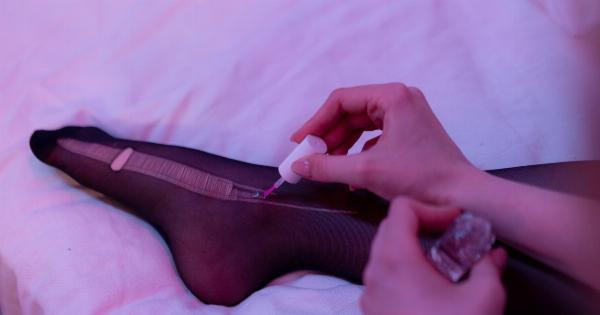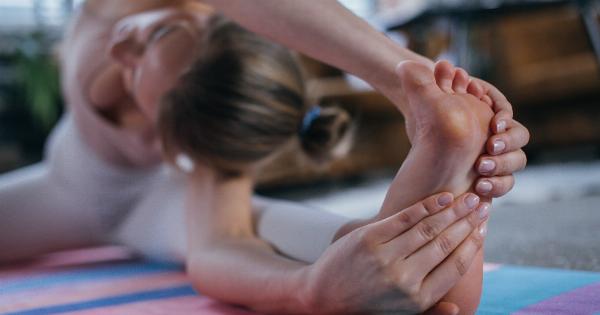Have you ever experienced the discomfort of having cold hands and feet? You’re not alone. Many people encounter this issue, especially during colder months.
While occasional cold extremities are generally harmless, for some individuals, chronically cold hands and feet can significantly affect their quality of life.
Understanding Poor Circulation
Poor circulation is one of the most common causes of cold hands and feet. The circulatory system plays a crucial role in transporting oxygen and nutrients throughout our bodies.
When blood flow to the extremities is restricted, it can result in reduced temperature and discomfort.
The Role of Raynaud’s Phenomenon
Raynaud’s phenomenon is a condition that causes blood vessels in the hands and feet to narrow, leading to reduced blood flow and subsequent coldness.
This condition primarily affects women and often appears in response to cold temperatures or emotional stress.
Other Causes of Cold Hands and Feet
Apart from poor circulation and Raynaud’s phenomenon, there are several other factors that can contribute to cold extremities. These include:.
1. Cold Weather
It’s natural for our bodies to conserve heat during cold weather, which can cause blood vessels in the hands and feet to constrict. This protective mechanism aims to keep vital organs warm but can result in chilly extremities.
2. Nerve Disorders
Certain nerve disorders such as peripheral neuropathy can disrupt the normal functioning of nerves that control blood flow in the hands and feet, leading to coldness.
3. Hypothyroidism
An underactive thyroid, known as hypothyroidism, can cause poor circulation and result in cold hands and feet.
4. Stress and Anxiety
Stress and anxiety can trigger a physiological response in the body that affects blood circulation, potentially causing cold extremities.
5. Smoking
Smoking narrows blood vessels and reduces blood flow, which can result in cold hands and feet.
Preventing and Managing Cold Extremities
While some causes of cold hands and feet may require medical attention, there are various preventive measures and methods to manage this condition. Let’s explore some effective strategies:.
1. Keep Warm
Dressing in warm clothing and layering up can help maintain body temperature and prevent cold extremities.
2. Use Hand and Foot Warmers
Hand and foot warmers, such as heated pads or electric blankets, can provide targeted warmth and comfort during colder periods.
3. Exercise Regularly
Engaging in regular physical activity helps improve blood circulation throughout the body, including the hands and feet.
4. Avoid Triggers
If you have Raynaud’s phenomenon, try to identify and avoid triggers that worsen your symptoms. These may include exposure to cold temperatures or emotional stress.
5. Quit Smoking
By quitting smoking, you can improve your overall circulation and reduce the likelihood of experiencing cold extremities.
Conclusion
Cold hands and feet can be uncomfortable, but by understanding the causes and adopting preventive measures, you can effectively manage this condition.
Proper clothing, warmers, exercise, stress management, and quitting smoking are all strategies that can help keep your hands and feet warm. If you experience persistent and severe cold extremities, it’s essential to consult with a healthcare professional for a thorough evaluation.































